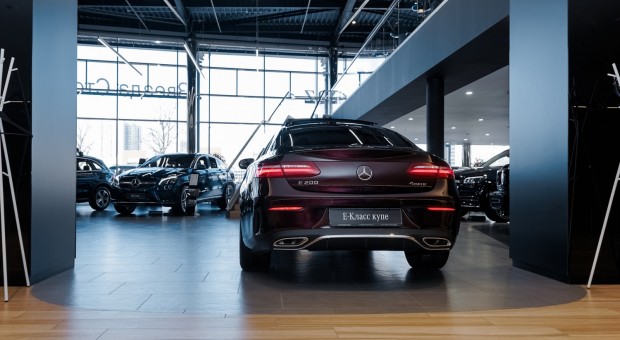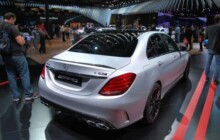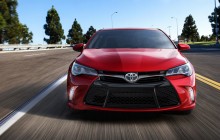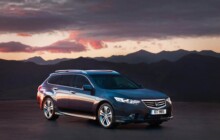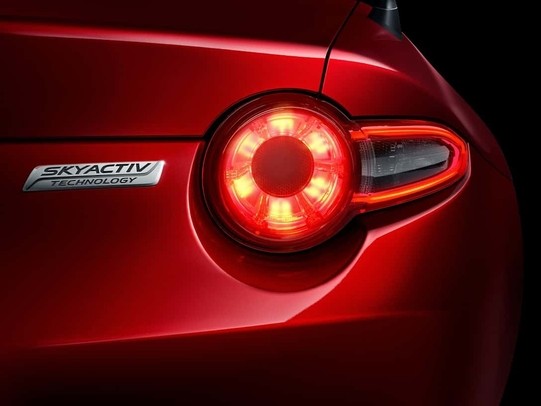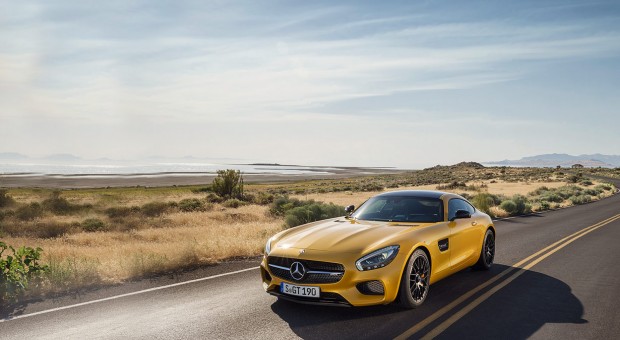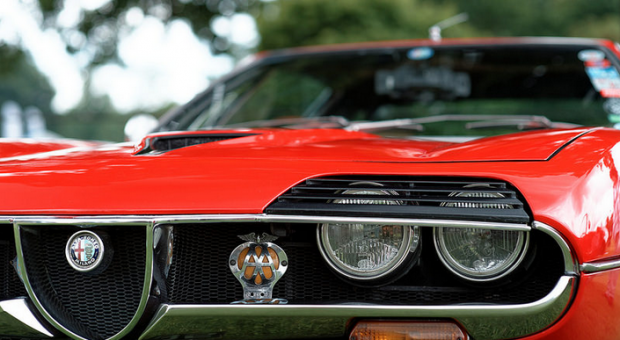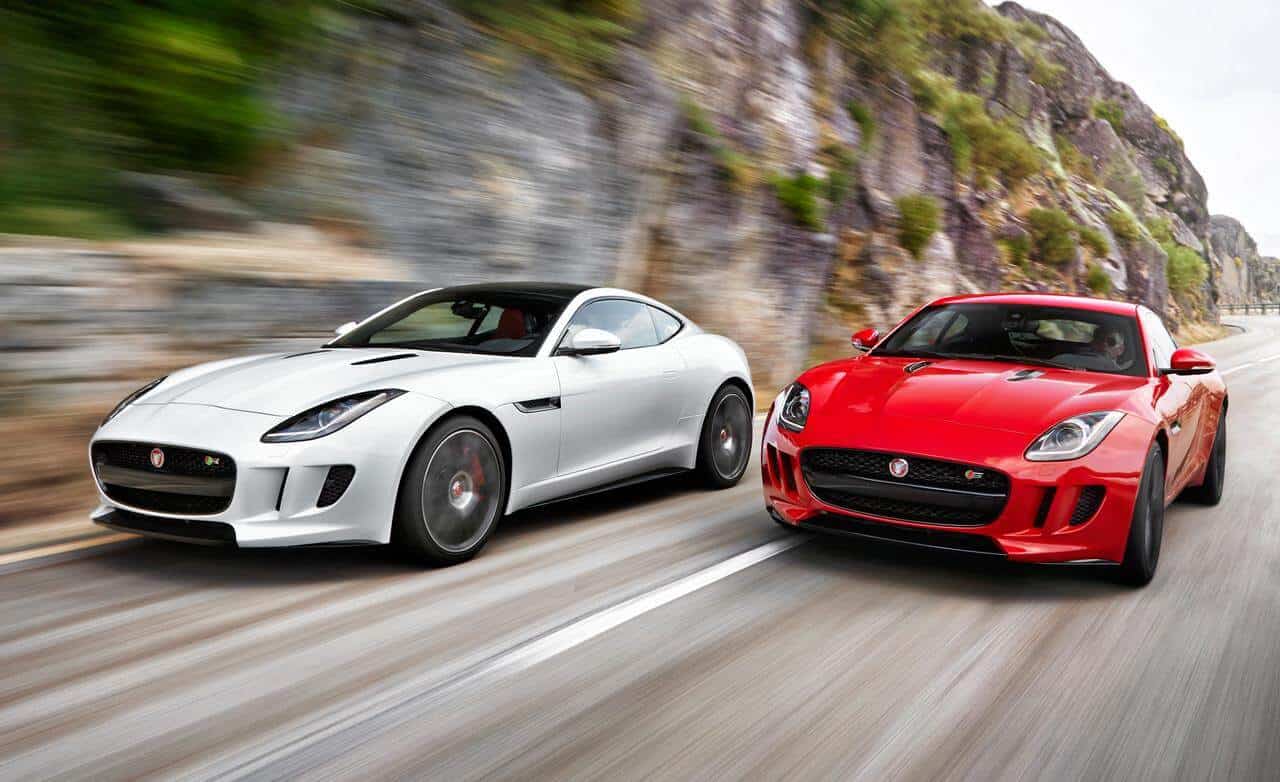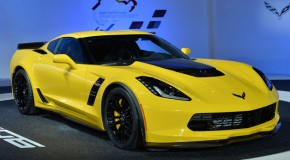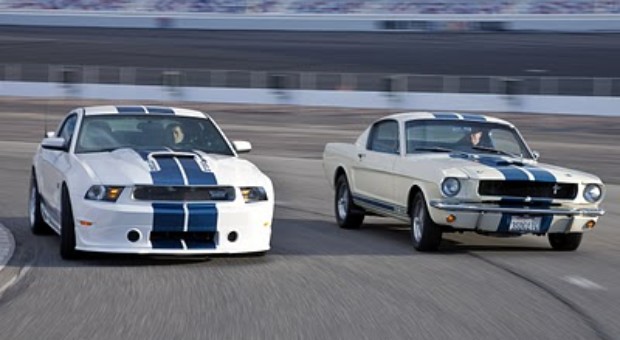
American Legends Compared: Chevrolet Camaro ZL1 vs. Dodge Challenger SRT Hellcat vs. Ford Mustang Shelby GT500
The American performance car market has long been dominated by three powerful names: Chevrolet Camaro, Dodge Challenger, and Ford Mustang. Each of these vehicles offers its own distinct approach to horsepower, styling, and driving dynamics. In this comparison, we take a deep dive into the top-tier performance models — the Camaro ZL1, the Challenger SRT Hellcat, and the Mustang Shelby GT500 — to see how they stack up.
1. Powertrain and Performance
At the core of every muscle car is a formidable engine. These three cars do not disappoint in delivering immense horsepower and torque.
| Model | Engine | Horsepower | Torque | 0–60 mph | Top Speed |
|---|---|---|---|---|---|
| Camaro ZL1 | 6.2L Supercharged V8 | 650 hp | 881 Nm | 3.5 sec | 198 mph |
| Challenger SRT Hellcat | 6.2L Supercharged V8 | 717 hp | 889 Nm | 3.6 sec | 199 mph |
| Mustang Shelby GT500 | 5.2L Supercharged V8 | 760 hp | 847 Nm | 3.3 sec | 180 mph |
Verdict: While the Challenger SRT Hellcat delivers slightly more horsepower than the Camaro ZL1, the Shelby GT500 takes the lead in acceleration, showcasing the best 0–60 time. The Camaro maintains an excellent balance between power and agility.
2. Driving Dynamics and Handling
Each of these vehicles was designed with performance in mind, but their driving characteristics vary greatly due to differences in chassis design, suspension tuning, and weight distribution.
Camaro ZL1:
Built on the Alpha platform, the ZL1 features Magnetic Ride Control and an available 10-speed automatic transmission. It’s considered the most agile among the three, with sharp steering and impressive cornering capabilities.
Challenger SRT Hellcat:
Despite its raw power, the Challenger is the heaviest and least nimble. It’s more of a straight-line machine, best suited for drag racing and highway runs rather than tight corners.
Mustang Shelby GT500:
The GT500 blends muscle car attitude with track-ready behavior. Equipped with adaptive dampers, launch control, and advanced traction systems, it handles exceptionally well for a car of its class.
Verdict: The Camaro offers the best all-around handling. The GT500 provides a close second with more refined chassis balance, while the Hellcat is ideal for straight-line thrill seekers.
3. Interior and Technology
Muscle cars have evolved from bare-bones interiors to cabins filled with tech and comfort.
Camaro ZL1:
Driver-focused cockpit with Recaro seats, an 8-inch infotainment screen, Apple CarPlay, Android Auto, and a heads-up display. Interior quality is high, but rear-seat space is limited.
Challenger SRT Hellcat:
Spacious interior with classic muscle car aesthetics. Includes Uconnect infotainment, performance pages, and wide front seating. Rear seats are more usable than its competitors.
Mustang Shelby GT500:
High-quality materials, digital instrument cluster, SYNC 3 infotainment system, and optional carbon-fiber trim. Offers a more modern cabin feel than the Challenger, but not as refined as some European sports cars.
Verdict: For interior space and comfort, the Challenger wins. For technology and premium design, the GT500 leads.
4. Practicality and Daily Use
While these are high-performance machines, they still offer varying degrees of daily drivability.
| Model | Trunk Space | Seating | Ride Comfort |
|---|---|---|---|
| Camaro ZL1 | 258 liters | 2+2 | Stiff but manageable |
| Challenger SRT Hellcat | 458 liters | 5 (theoretically) | Softer ride |
| Mustang GT500 | 382 liters | 2+2 | Firm, track-oriented |
Verdict: The Challenger is the most practical in terms of trunk space and rear seating. The Camaro and Mustang prioritize sportiness over everyday comfort, though they’re still livable for regular use.
5. Price and Value
| Model | Starting MSRP (USD) | Fully Loaded Price |
|---|---|---|
| Camaro ZL1 | $72,000 | $78,000+ |
| Challenger Hellcat | $70,000 | $85,000+ |
| Mustang GT500 | $79,000 | $95,000+ |
Verdict: The Camaro ZL1 provides great value with track-ready performance at a relatively reasonable price. The Hellcat offers the most horsepower per dollar, while the GT500 commands a higher premium due to its capabilities and exclusivity.
Conclusion: Choosing the Right American Muscle
- Choose the Chevrolet Camaro ZL1 if you want track performance and handling precision, wrapped in an aggressive package with solid value.
- Opt for the Dodge Challenger SRT Hellcat if you prefer straight-line performance, muscle car presence, and everyday practicality.
- Go for the Ford Mustang Shelby GT500 if you’re after refined muscle with supercar-like speed, especially on the track.
Each car has its niche. The ZL1 is the driver’s car, the Hellcat is the powerhouse, and the GT500 is the performance hybrid between raw power and racing finesse. Ultimately, your pick depends on how you want to unleash American horsepower.

